Badminton Handbook
For better readability, we have decided to use the masculine (neutral) form of address, but the information also refers to women.
This book has been very carefully prepared, but no responsibility is taken for the correctness of the information it contains. Neither the author nor the publisher can assume liability for any damages or injuries resulting from information contained in this book.
Bernd-Volker Brahms
Badminton Handbook
Training Tactics Competition

Meyer & Meyer Sport
Original title: Handbuch Badminton
2009 by Meyer & Meyer Verlag
Translation by Heather Ross
British Library Cataloguing in Publication Data
A catalogue record for this book is available from the British Library
Badminton Handbook
Maidenhead: Meyer & Meyer Sport (UK) Ltd., 2010
2nd edition 2014
ISBN: 9781782550426
All rights reserved. Except for use in a review, no part of this publication may be reproduced, stored in a retrieval system, or transmitted, in any form or by any means now known or hereafter invented without the prior written permission of the publisher. This book may not be lent, resold, hired out or otherwise disposed of by way of trade in any form, binding or cover other than that wich is published, without the prior written consent of the publisher.
2010 by Meyer & Meyer Sport (UK) Ltd.
2nd edition 2014
Aachen, Auckland, Beirut, Budapest, Cairo, Cape Town, Dubai, Hgendorf
Indianapolis, Maidenhead, Singapore, Sydney, Tehran, Wien
 Member of the World Sportpublishers Association (WSPA)
Member of the World Sportpublishers Association (WSPA)
www.w-s-p-a.org
Printed by: B.O.S.S Druck und Medien GmbH
ISBN: 9781782550426
eISBN: 9781782553540
E-Mail:
www.m-m-sports.com
Contents
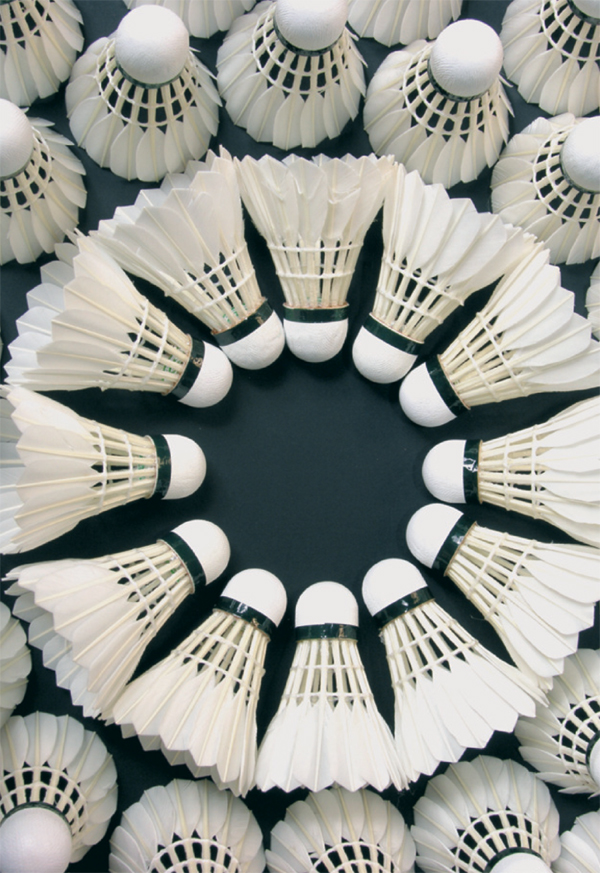
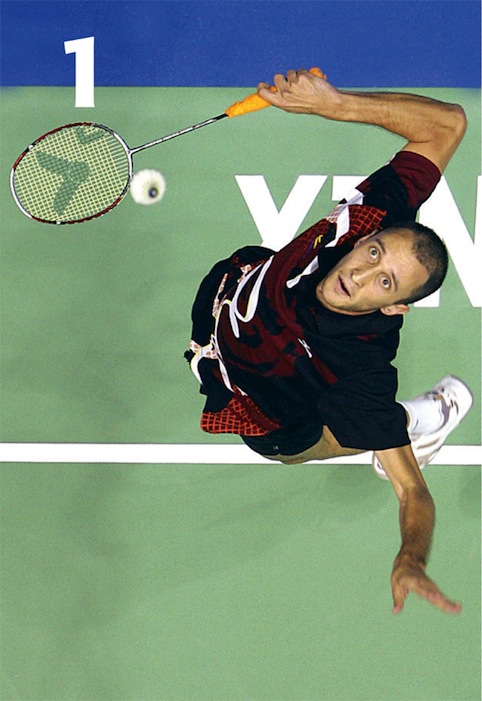
Fig. 1: Birds eye view of the Spaniard Carlos Longo
1 The Philosophy of the Game
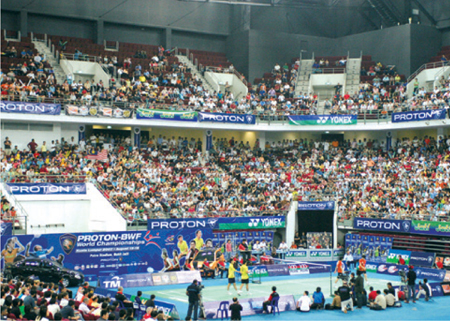
Fig. 2: In Asia, Badminton tournaments are attended by thousands of spectators, as seen here at the 2007 World Championships in Kuala Lumpur.
Badminton is one of the fastest sports in the world, and a smash by a Chinese player has been measured at a tournament at 206 miles per hour, faster even than a golf ball. Just as badminton has grown in popularity around the world in the past 20 years, and has now been recognized as an Olympic Sport, the sport itself has also changed a great deal. Sports science and tactical and training innovations as well as industrial research in racket production have revolutionized the sport in recent years. This dynamic sport has long ceased to have anything in common with the birdie in the backyard or the genteel aristocratic sport of yesteryear. Nowadays, only pros who are completely dedicated to the sport can survive at world class level.
Better and better training methods and game analyses have led to extremely high level performances, which the lay observer hardly notices due to the speed of the movements involved. While until the mid-1980s, sweeping strokes and wrist movements were part of the standard repertoire, world-class badminton now features short backswings in order to considerably reduce the opponents reaction time.
A good example of this is the serve, which nowadays is almost always performed as a backhand in both singles and doubles matches by elite players, with a short backswing. The understanding of the biomechanics of the basic forearm twist revolutionized the thinking about training methods, as it is not the wrist that is fundamental for most strokes, but the twist of the forearm.
Badminton places demands on the whole body, from speed to concentration and conditions to sensitivity, coordination and finesse. The game is very complex, but nevertheless, beginners can make rapid progress in their game after just a few training sessions, which is one reason why badminton is such a popular high school sport.
In simple terms, the aim of the game is to place the shuttle where the opponent can no longer reach it or can only return it with difficulty. The corners of the opponents court are therefore tactically the most sensible points to aim for, as they are furthest away from the opponent. The following chapters present the different strokes, running techniques and tactical concepts available to the player. The book is especially aimed at beginners and club players who do not have a coach. The optimal execution of strokes exploiting the bodys full potential is the basic requirement for playing top class badminton. It takes years of training to unlearn incorrect movement sequences, and players have a fatal tendency to revert to old patterns under the pressure of competition, hence the need to learn to play badminton systematically and correctly right from the start. The stroke techniques described in the pages that follow are intended for right-handed players and should be adapted for left-handers. When I refer to doubles, I include mens doubles, womens doubles and mixed doubles.

Fig. 3: World Champion Lu Lan from China in action
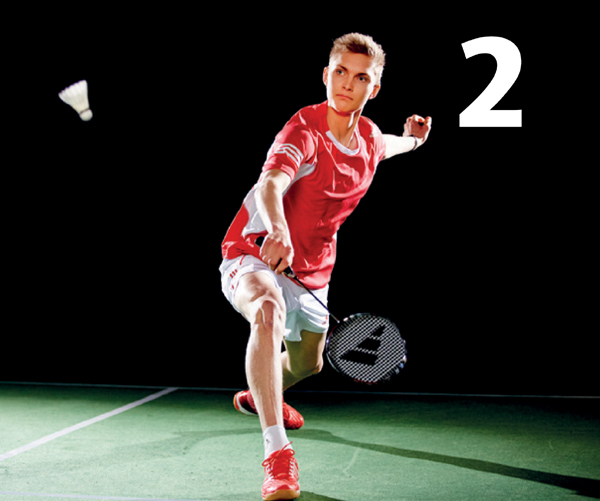
Fig. 4: Danish Youngster Victor Axelsen with his Adidas equipment.
2 Equipment
One of the reasons for the big improvement in the standard of world-class badminton is the improvement in the standard of the equipment. These developments mainly concern the racket, the stringing and the shuttlecocks. But clothing and shoes have also adapted to the demands of a performance sport, not forgetting special racket covers and sports bags that have evolved to meet top players requirements.
2.1 The Racket
While in the 1980s rackets weighed between 100g and 130g, good rackets now weigh around 85g. However, rackets can still be strung to a hardness of up to 14kg. The parts of the racket are grip, the stringed area, the head and the shaft. From the origins of the sport until the 1970s, rackets were entirely made of wood. Rackets were kept in frames when they werent being used to stop them becoming warped.
Only with the professionalization of the sport did Asian companies start experimenting with materials other than wood. To start with, the shaft and frame were made of light metal, steel, aluminum, and later of carbon-graphite (manmade fiber made from carbonized bitumen). This helped firstly to reduce the weight, and secondly to increase the stability of the whole racket. Today, materials like fiberglass and synthetic fibers (boron, graphite, Kevlarand Magan Beryllium) are also used. The materials have a very high resilience and are significantly firmer than steel, but most importantly have

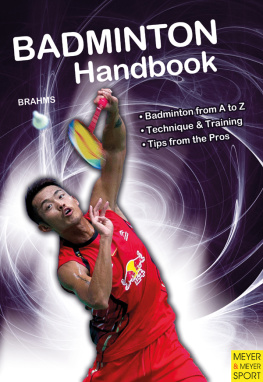


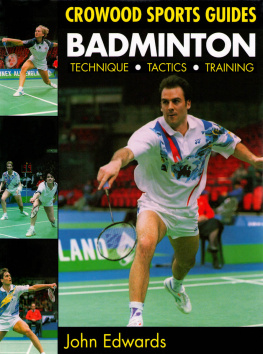
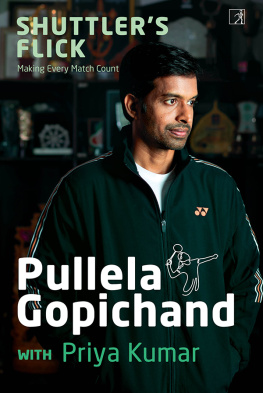

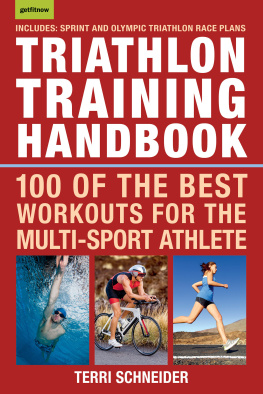

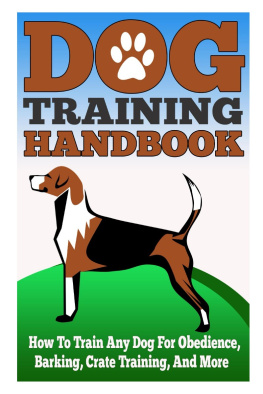


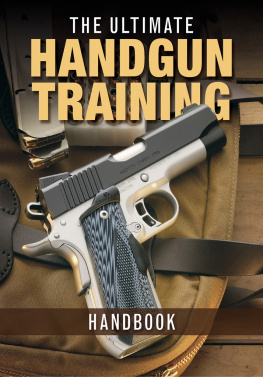

 Member of the World Sportpublishers Association (WSPA)
Member of the World Sportpublishers Association (WSPA)



